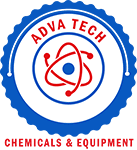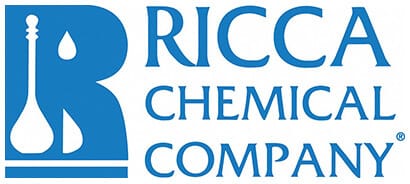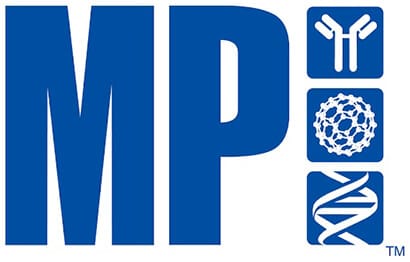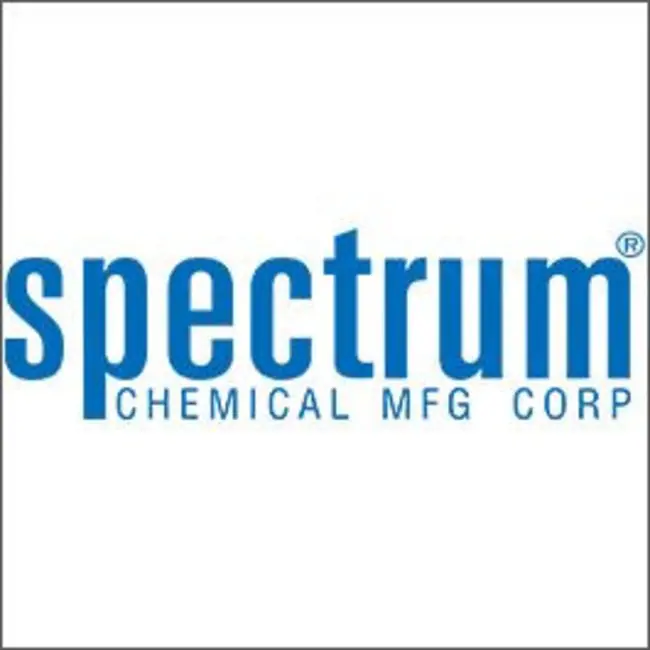Showing 18751–18800 of 36244 results
-
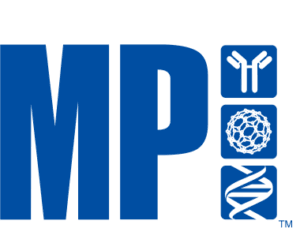
Lisinopril, NeuroPure
$52.83 Add to cart View Product DetailsLisinopril, NeuroPure
-

Lisinopril, NeuroPure
$91.64 Add to cart View Product DetailsLisinopril, NeuroPure
-

Lisinopril, NeuroPure
$425.82 Add to cart View Product DetailsLisinopril, NeuroPure
-

Lithium Acetate Dihydrate
$37.49 Add to cart View Product DetailsLithium Acetate Dihydrate
-

Lithium Acetate Dihydrate
$56.88 Add to cart View Product DetailsLithium Acetate Dihydrate
-

Lithium Acetate Dihydrate
$166.64 Add to cart View Product DetailsLithium Acetate Dihydrate
-
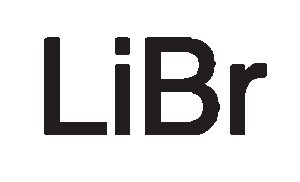
Lithium bromide
$67.86 Add to cart View Product DetailsLithium Bromide
-

Lithium bromide
$285.97 Add to cart View Product DetailsLithium Bromide
-

Lithium bromide
$554.23 Add to cart View Product DetailsLithium Bromide
-
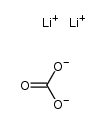
Lithium carbonate
$72.29 Add to cart View Product DetailsLithium Carbonate
-
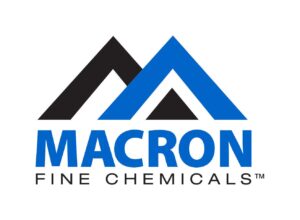
LITHIUM CARBONATE A.R. 125GM – MACR5840-02, 125 g
$1,322.63 Add to cart View Product DetailsLITHIUM CARBONATE A.R. 125GM
-

LITHIUM CARBONATE A.R. 125GM – MACR5840-02, 125 g
$110.22 Add to cart View Product DetailsLITHIUM CARBONATE A.R. 125GM
-

LITHIUM CARBONATE PWD 2.5KG – MACR5840-06, 2.5 kg
$691.58 Add to cart View Product DetailsLITHIUM CARBONATE PWD 2.5KG
-
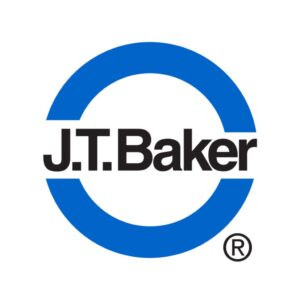
LITHIUM CARBONATE RE POW 500GM – BAKR2362-01, 500 g
$981.67 Add to cart View Product DetailsLITHIUM CARBONATE RE POW 500GM
-

LITHIUM CARBONATE RE POW 500GM – BAKR2362-01, 500 g
$330.10 Add to cart View Product DetailsLITHIUM CARBONATE RE POW 500GM
-
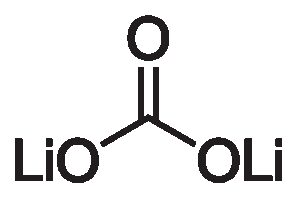
Lithium Carbonate, ACS
$78.96 Add to cart View Product DetailsLithium Carbonate
-

Lithium Carbonate, ACS
$341.42 Add to cart View Product DetailsLithium Carbonate
-

LITHIUM CHLORIDE A.R. 500GM – MACR5852-04, 500 g
$2,724.99 Add to cart View Product DetailsLITHIUM CHLORIDE A.R. 500GM
-

LITHIUM CHLORIDE A.R. 500GM – MACR5852-04, 500 g
$227.09 Add to cart View Product DetailsLITHIUM CHLORIDE A.R. 500GM
-

LITHIUM CHLORIDE RE GRAN 500GM – BAKR2370-01, 500 g
$895.55 Add to cart View Product DetailsLITHIUM CHLORIDE RE GRAN 500GM
-

LITHIUM CHLORIDE RE GRAN 500GM – BAKR2370-01, 500 g
$223.88 Add to cart View Product DetailsLITHIUM CHLORIDE RE GRAN 500GM
-
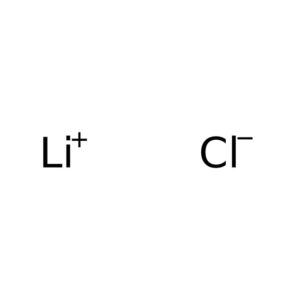
Lithium Chloride, ACS Grade
$71.86 Add to cart View Product DetailsLithium Chloride
-
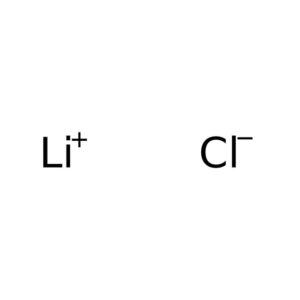
Lithium Chloride, ACS Grade
$304.74 Add to cart View Product DetailsLithium Chloride
-

Lithium chloride, anhydrous
$64.89 Add to cart View Product DetailsLithium Chloride
-

Lithium chloride, anhydrous
$199.95 Add to cart View Product DetailsLithium Chloride
-

Lithium chloride, anhydrous
$382.18 Add to cart View Product DetailsLithium Chloride
-

Lithium chloride, anhydrous
$3,669.93 Add to cart View Product DetailsLithium Chloride
3,191.24 -
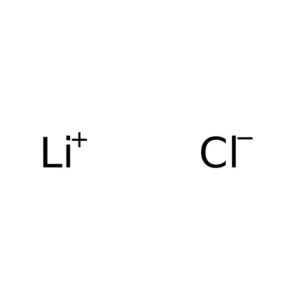
Lithium Chloride, molecular biology reagent
$71.61 Add to cart View Product DetailsLithium Chloride
-
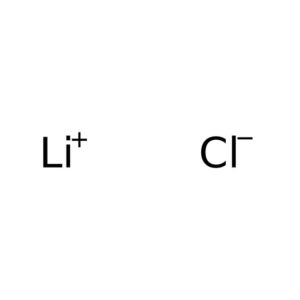
Lithium Chloride, molecular biology reagent
$304.47 Add to cart View Product DetailsLithium Chloride
-

LITHIUM COBALTITE, LiCoO2
$129.67 Add to cart View Product DetailsLITHIUM COBALTITE, LiCoO2
-

Lithium Dodecyl Sulfate, ultra pure
$47.27 Add to cart View Product DetailsLithium Dodecyl Sulfate
-

Lithium Dodecyl Sulfate, ultra pure
$143.57 Add to cart View Product DetailsLithium Dodecyl Sulfate
-

Lithium iodide
$67.11 Add to cart View Product DetailsLithium iodide
-

Lithium iodide
$231.82 Add to cart View Product DetailsLithium iodide
-

LITHIUM NITRATE RE XTL 500GM – BAKR2384-01, 500 g
$1,337.15 Add to cart View Product DetailsLITHIUM NITRATE RE XTL 500GM
-

LITHIUM NITRATE RE XTL 500GM – BAKR2384-01, 500 g
$334.28 Add to cart View Product DetailsLITHIUM NITRATE RE XTL 500GM
-

Lithium sulfate, monohydrate, ACS
$92.30 Add to cart View Product DetailsLithium sulfate, monohydrate, ACS
-

Lithium sulfate, monohydrate, ACS
$346.43 Add to cart View Product DetailsLithium sulfate, monohydrate, ACS
-

LITHIUM TETRA FLUOROBORATE
$61.18 Add to cart View Product DetailsLITHIUM TETRA FLUOROBORATE
-

Litmus
$136.94 Add to cart View Product DetailsLitmus
-

Litmus
$464.91 Add to cart View Product DetailsLitmus
-

Litmus
$684.68 Add to cart View Product DetailsLitmus
-
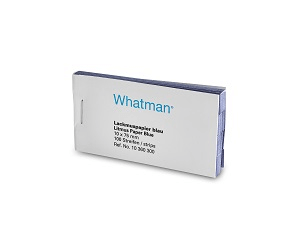
LITMUS PAPER BLUE 10×10/PK
$122.36 Add to cart View Product DetailsLITMUS PAPER BLUE 10×10/PK
-
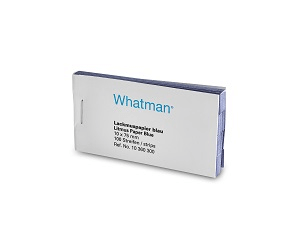
LITMUS PAPER BLUE 7MMx5M 1/RL
$26.33 Add to cart View Product DetailsLITMUS PAPER BLUE 7MMx5M 1/RL
-
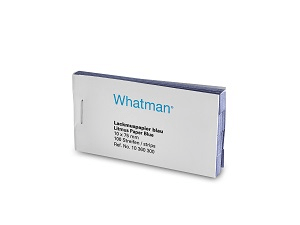
LITMUS PAPER RED 10×10/PK
$122.36 Add to cart View Product DetailsLITMUS PAPER RED 10×10/PK
-
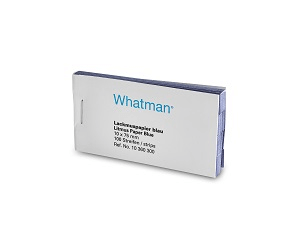
LITMUS PAPER RED 7MMx5M 1/RL
$24.83 Add to cart View Product DetailsLITMUS PAPER RED 7MMx5M 1/RL
-
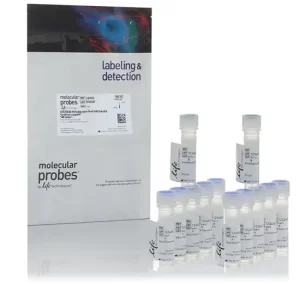
LIVE/DEAD™ Fixable Aqua Dead Cell Stain Kit, for 405 nm excitation
$454.25 Add to cart View Product Details- Used to determine the viability of cells prior to the fixation and permeabilization required for intracellular antibody staining or prior to elimination of biohazardous materials using formaldehyde fixation
- Kit has been optimized and validated for use with a violet laser flow cytometer
- Conveniently packaged in 40-test vials to help ensure the stability and performance of the dye over time
- Amine reactive dyes in solution will lose their effectiveness over a short period of time, therefore it is recommended to completely use the vial once rehydrated
- If this is not possible, aliquot the vials in small volumes and store at -80°C, avoiding freeze-thaw cycles
- LIVE/DEAD™ Fixable Dead Cell Stains are available in a wide variety of colors to meet multi-color panel needs
Low compensation
- The LIVE/DEAD™ Fixable Aqua Stain was selected based on its fluorescent properties to minimize compensation between other violet dyes and dyes that excite off of the 488 nm blue laser
- The aqua-fluorescent reactive dye has an excitation maximum of ?375 nm, but it is excited well with the 405 nm violet laser
- It has an emission maxima of ?512 nm, so it can be collected in the second channel on most violet laser flow cytometers
-
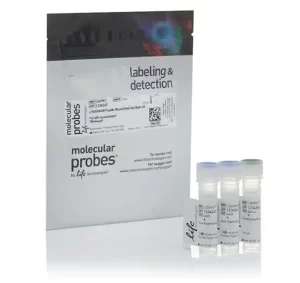
LIVE/DEAD™ Fixable Near-IR Dead Cell Stain Kit, for 633 or 635 nm excitation
$529.28 Add to cart View Product Details-
- Used to determine the viability of cells prior to the fixation and permeabilization required for intracellular antibody staining or prior to elimination of biohazardous materials using formaldehyde fixation
n
-
- Kit has been optimized and validated for use with a violet laser flow cytometer
n
-
- Conveniently packaged in 40-test vials to help ensure the stability and performance of the dye over time
n
-
- Amine reactive dyes in solution will lose their effectiveness over a short period of time, therefore it is recommended to completely use the vial once rehydrated
n
-
- If this is not possible, aliquot the vials in small volumes and store at -80°C, avoiding freeze-thaw cycles
n
-
- LIVE/DEAD™ Fixable Dead Cell Stains are available in a wide variety of colors to meet multi-color panel needs
n
-
-
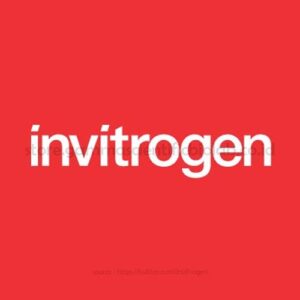
LiveBLAzer™ FRET-B/G Loading Kit with CCF4-AM
$1,787.35 Add to cart View Product DetailsGeneBLAzer™ cell-based assays utilize the membrane-permeant ester forms (CCF2-AM and CCF4-AM) of the negatively charged fluorescent beta-lactamase substrates, CCF2 and CCF4. These lipophilic esters readily enter the cell, where cleavage by endogeneous cytoplasmic esterases rapidly converts them into their negatively charged forms, thereby trapping them in the cytosol.
Detection of GeneBLAzer™ assays is FRET-based. Each substrate is labeled with two fluorophores that form an efficient FRET pair. In the absence of beta-lactamase activity, exciting the coumarin at 409 nm in the intact CCF2 molecule results in FRET to the fluorescein, which emits a green fluorescence signal at 518 nm (Figure 1). In the presence of beta-lactamase activity, however, cleavage of CCF2 spatially separates the two dyes and disrupts FRET, so that exciting the coumarin at 409 nm now produces a blue fluorescence signal at 447 nm. This blue signal can be readily observed under a microscope and can also be detected as an increase in the blue channel readout on fluorescent microplate readers.
The CCF2-AM and CCF4-AM substrates are essential assay components for the GeneBLAzer™ platform. These substrates are fully compatible with flow cytometry, speeding the time to clone selection. Ratiometric analysis of the blue and green signals reduces well-to-well variation due to differences in cell numbers and substrate loading, leading to high Z´-factor values and low coefficients of variation (CVs).
CCF2-AM and CCF4-AM differ by two carbons in the bridge linking the coumarin moiety to the lactam ring. Both are in the membrane-permeable, esterified forms, and can be used for assays in intact cells. CCF4-AM has better solubility properties (soluble for >24 hours) than CCF2-AM and is thus best suited for screening applications. In addition, CCF4-AM has slightly better FRET and thus slightly lower background than CCF2-AM.
CCF2-FA is essentially the CCF2 substrate without the esters found in the AM version. CCF2-FA is de-esterified and used in cell lysate applications, bypassing loading across the cell membrane and de-esterification steps. Cell lysates are the preferred method for applications using cells that contain a cell wall. CCF2-FA can also be used as a control to acquire the excitation and emission spectra for CCF2-AM and CCF4-AM. -

Liver concentrate powder
$44.86 Add to cart View Product DetailsLiver Concentrate Powder
